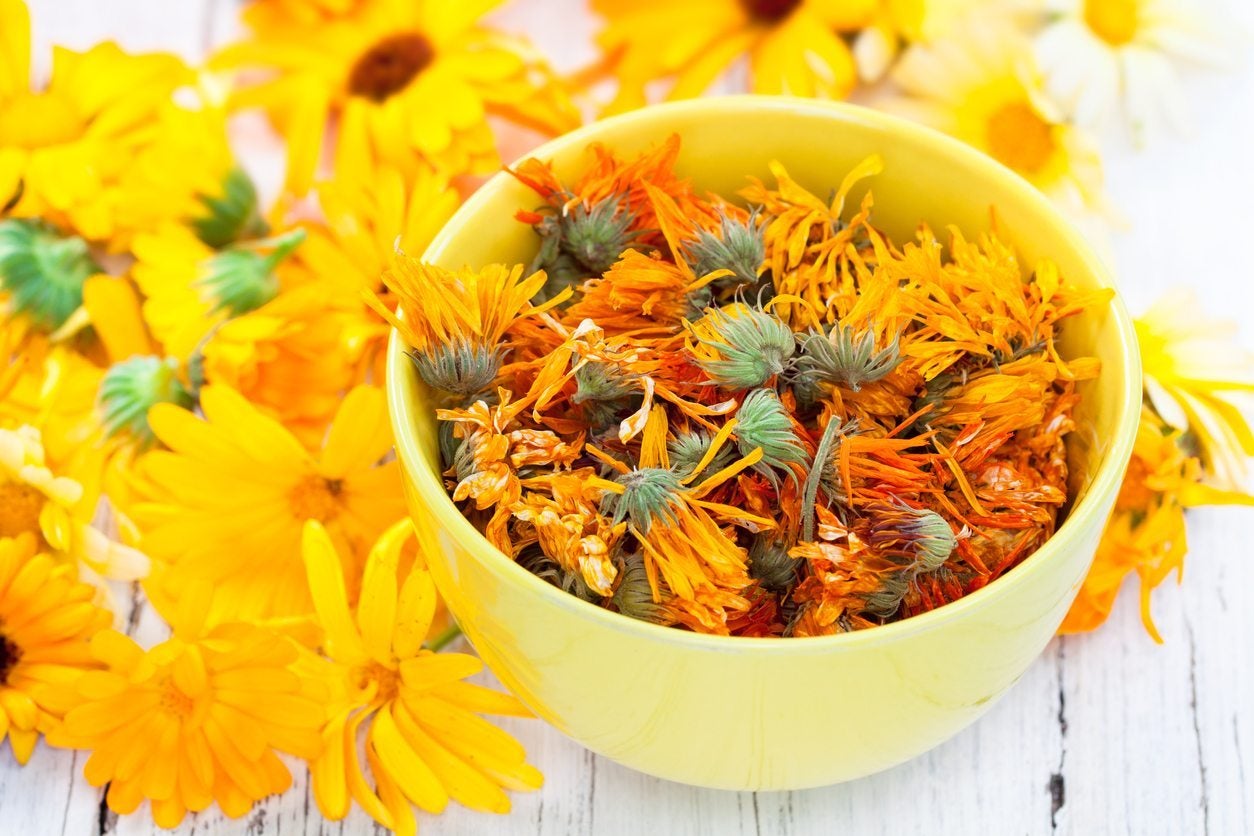Common Calendula Uses: What To Do With Calendula Flowers


Native to the Mediterranean, calendula is a plant that has been used medicinally for centuries. It’s a pretty plant to grow in the garden, but there are also a lot of calendula uses that you could try. Make your garden work for you with these tips for what to do with calendula.
Calendula Benefits
Also known as pot marigold, calendula is a pretty, bright flower that adds cheer to garden beds. But did you know that this is also a medicinal plant? You should always talk to your doctor before trying any kind of herbal or supplement, but if calendula is safe for you, there are some medicinal purposes it may serve:
- Helping wounds and burns heal faster
- Treating hemorrhoids
- Reducing skin inflammation
- Preventing dermatitis
- Healing ear infections
- Healing diaper rash
- Reducing inflammation
- Helping to heal various skin ailments, like acne, eczema, and rashes
How to Use Calendula
Using calendula flowers medicinally usually involves preparing topical applications. Most remedies use dried flowers, so harvest your calendula flowers and give them time to dry. Some of the things you can do with those dried flowers to promote skin health include:
- Adding the flowers to sugar for a simple sugar scrub.
- Making a balm for diaper rash and other conditions using coconut oil and beeswax.
- Infusing the dried flowers in water to make a facial toner.
- Using calendula flowers in homemade soap recipes.
- Using calendula in aloe vera gel for sunburn relief.
- Making a salve with olive oil and other herbs to treat mild burns.
You can also use the dried flowers of calendula to make a simple tea that reduces inflammation and promotes healing from infections and sore throat. Just steep about a quarter cup (60 mL.) of dried petals in a cup (240 mL.) of boiling water and strain to enjoy. While calendula has many potential benefits, it’s important to never use a new herbal plant or product without first checking with your doctor to be sure it is safe. Calendula is safe for most people, but it should not be used by pregnant women or anyone allergic to plants in the aster or daisy family. There may be some interactions between this herb and specific medications.
Sign up for the Gardening Know How newsletter today and receive a free copy of our e-book "How to Grow Delicious Tomatoes".

Mary Ellen Ellis has been gardening for over 20 years. With degrees in Chemistry and Biology, Mary Ellen's specialties are flowers, native plants, and herbs.